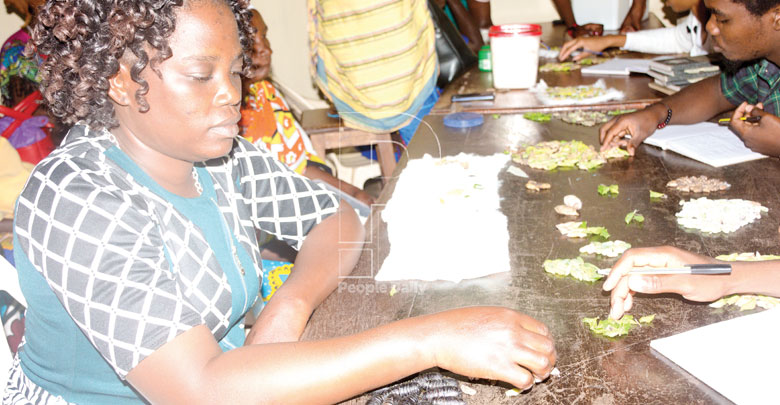Butterfly farming changes fortunes for Malindi locals
By Bernard Gitau, August 6, 2019In the wake of wanton forest destruction in various parts of the country, the communities living around Arabuko-Sokoke Forest Reserve, Malindi constituency, are making a fortune through conservation efforts.
In an effort to protect the largest coastal forest in East Africa, the community has been trained to rear butterflies for export, under a scheme to prevent deforestation.
Research scientist from National Museums of Kenya Hussein Aden said the forest hosts at least 30 per cent of butterflies’ species, 20 per cent of Kenya’s bird species, and at least 24 rare and endemic birds.
“Through the export of butterflies to display museums all over the world, the project fetches over Sh18 million annually,” she said.
The Kipepeo Project started in 1993 to help farmers collect the butterflies from the forest and breed them. The pupae are exported to markets in the United States and the United Kingdom.
Butterfly breeding
The Kipepeo project also markets honey and silk cloth produced by the community .
“Kipepeo products contribute directly to the conservation of critical natural heritage for future generations apart from supporting over 100,000 people,” he said.
Hussein said there is high demand for butterflies and urged farmers to join the butterfly farming.
Msanzu Karisa, a beneficiary of the project under Magangani Butterfly Farmers group in Watamu, says it has changed his life completely. Having lost one of his legs to elephantiasis over 10 years ago, butterfly farming provided a source of income for him.
“The initial investment was Sh10,000, but as the demand rose I had to put up a bigger butterfly house and currently I can comfortably make Sh100,000 a month,” he said.
The project has seen him buy three motorbikes, build a houseand educate his brothers and his children.
Fraha Suleiman, another farmer said apart from earning Sh4,000 a week, she has become an environmentalist. “I am an environment ambassador. I cannot allow anyone to get into the forest to burn charcoal or destroy trees, I report them to Kenya Forest Service officers and other security organs,” she said.
A butterfly lays about 1,000 to 2,000 eggs in its life cycle, and most take three to five days to hatch. Larvae are fed either by placing them on suitable young shoots of plants or in plastic boxes. When they get bigger — at about two weeks — they are released onto a branch and left to feed on their own.
Feeding duration
In boxes, the larvae need a change of feed at least every two days. Feeding takes four weeks after which the pupae emerge, which the farmers then take to the group’s collection points.
The projects are managed by elected representatives who keep records of the numbers delivered and bring them to the Kipepeo initiative offices in Gede.
Pupae from all groups around the forest are sorted out and matched with the market of the day.
They are packed in sponges and placed in boxes ready for export. The best grade is sold at Sh65 per pupae, and the lowest at Sh30.
More Articles

